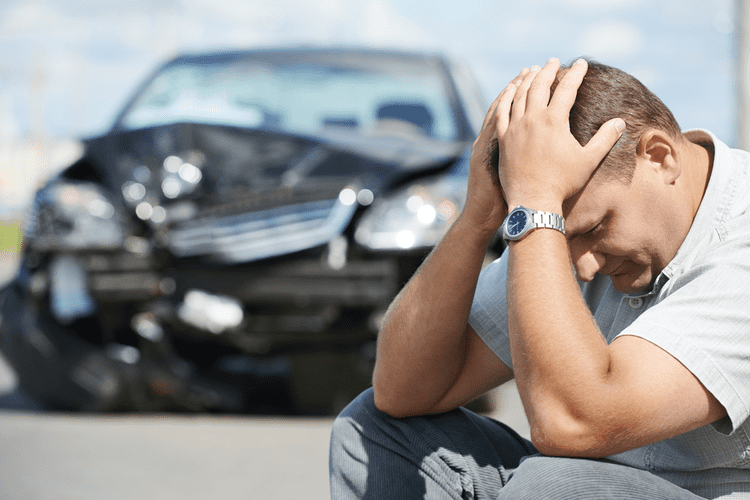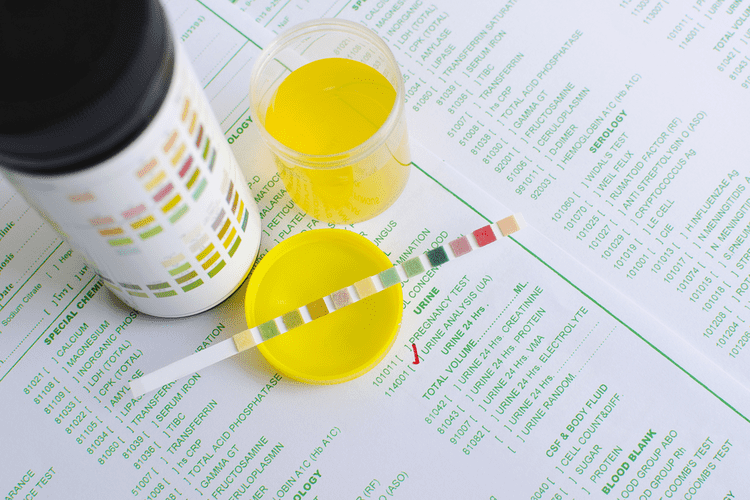The consequences of drinking and driving are not only evident in the immediate aftermath of an accident but also ripple through society over years and decades. Every incident of alcohol-impaired driving underlines the alarming reality that excessive alcohol consumption behind the wheel compromises a person’s ability to react, judge, and drive safely. For those age 21 and under, zero-tolerance laws criminalize driving with any amount of alcohol. States may also have enhanced penalties in place for those who drive with very high BACs, drive impaired with minors in the vehicle or have multiple convictions. Drinking and driving is not just a personal choice; it is a widespread societal issue that affects countless individuals and families.
Impaired Driving: Get the Facts

Zero-tolerance policies are in place to address impaired driving among specific groups, particularly young and novice drivers. Safe driving requires focus, coordination, good judgment, and quick reactions to the environment. If you’re convicted of drunk driving, you can expect a drastic hike in your insurance premiums. This substantial increase, which could see premiums double or even triple, puts a long-term financial strain on the individual.
Consequence #2: Harsh Legal Penalties
- According to the National Highway Traffic Safety Administration (NHTSA), the average cost of a DUI can exceed $10,000.
- In 2011 alone, close to one million high school teens admitted to drinking and driving.
- The physical consequences of impaired driving extend far beyond legal repercussions.
- There is no universally safe number of drinks one can have before driving.
The repercussions of a DUI conviction can be life-altering, impacting employment opportunities and personal relationships. In the late 20th century, groundbreaking legislation such as the establishment of the legal blood alcohol concentration (BAC) limit of 0.08 emerged as a critical milestone in the fight against drinking and driving. Such regulations led to the adoption of stricter penalties for those caught driving under the influence, significantly impacting public behavior and attitudes toward drunk driving. According to recent reports, nearly 29 people die each day in the United States due to an alcohol-related accident, which amounts to one death every 50 minutes. This staggering figure emphasizes the Substance abuse urgent need for effective preventive measures and public awareness campaigns to combat drunk driving incidents throughout the country.
What You Can Do to Prevent Drunk Driving
Each state has its own laws surrounding DWI convictions such as the fines involved, jail time and possible revoked or suspended license. Depending on the legal charges, some states may also require community service time or alcoholism treatment. Recent studies by the National Highway Traffic Safety Administration (NHTSA) and other research institutions reveal disconcerting trends. Research consistently shows that a high percentage of fatal crashes involve alcohol-impaired drivers, with many accidents linked to BAC levels well above the legal limit. These findings underscore the strong correlation between elevated BAC levels and the likelihood of accidents, injuries, or fatalities. Drinking and driving is far more than a momentary lapse in judgment—it is a decision that alters lives, devastates families, and imperils entire communities.
Drinking and driving is more than just a bad decision but is a dangerous one that can change lives forever. When someone gets behind the wheel after drinking, their judgment is clouded, their reaction time slows, and their ability to focus and coordinate is compromised. That’s someone’s child, parent, friend, or partner, gone in a consequences of driving drunk include: moment because of a preventable choice. For the driver, it can lead to serious legal consequences, financial ruin, emotional trauma, or death.

Is Drinking and Driving a Sign of Alcoholism?

And because alcohol affects judgment, people who drive after drinking may feel overconfident and not recognize that their driving skills are reduced. Their driving is more likely to be careless or reckless—weaving, speeding, driving off the road and, too often, crashing. Fatalities among drivers occur when impaired driving leads to high-speed collisions, rollovers, or head-on crashes.
Therefore, if the car in front of you brakes suddenly or a pedestrian crosses the street, it will take longer for your brain to process the situation and prevent an accident. Each province and territory has its own limits for what is considered impaired. Alcohol consumption increases your risk of injuries, liver disease, heart disease, gastrointestinal issues, cancer, and more. A drinking-related condition is also known as a dual diagnosis or co-occurring disorder. These diseases disrupt liver function, severely damaging the body over time. Women have a higher risk of developing alcohol-induced liver injuries than men.
This heavy economic strain is intended to serve https://ecosoberhouse.com/ as an immediate deterrent against further instances of drinking and driving. When a person’s financial stability is threatened by the direct costs of a DUI, it sends a strong message about the far-reaching consequences of such behavior. Individuals facing such charges are strongly advised to consult with a Nevada DUI attorney to fully understand their rights and the potential consequences under state law. Blood alcohol concentration (BAC) is measured as the percentage of alcohol in one’s blood. In most jurisdictions, a BAC of 0.08% is set as the legal limit for drivers.
20 BAC
- We’re here to help you regain control, rebuild relationships, and create a brighter future.
- If you or someone you know is struggling with addiction, Call 12 South Recovery Today!
- Usually, you will be required to carry this type of auto insurance for a period of three years.
Victims and their families can also face significant mental health challenges as they cope with the aftermath of the accident, including loss, injury, and the accompanying trauma. The drunk driver, passengers, bystanders, and drivers of other vehicles are all at risk. One of the biggest drunk driving dangers is the increased likelihood of being in a car accident.


